How and when to properly plant cauliflower outdoors
Some people are interested in the question of whether it is possible to grow cauliflower at home on a personal plot. Farmers say that you can get a harvest of this plant, but for this all stages of cultivation must be followed, as well as the planting scheme for cauliflower and the rules for caring for this vegetable.
Content
Descriptive characteristics
Cauliflower is one of the varieties of garden cabbage. It is believed to have been bred in Syria for winter feeding. Back in the XII century. it was brought to Spain, and from the next century all Europe planted it. Currently, this plant is also planted in the American continent and in Asia.

In cauliflower, the root has a fibrous structure, and the stem is cylindrical. The stem grows in height from 15 to 70 cm. The horizontal leaves are often bent in a spiral. Their shades can be from green to bluish due to the presence of a waxy bloom.
The heads of cauliflower, which are massive flower stalks, are used for food. They are cut off in an immature state. Such technical ripeness of a plant occurs approximately 90-120 days after germination. There are varieties with a white tint, cream or even purple. The seeds are obtained from the pods. It can be grown both by seedlings and seed.
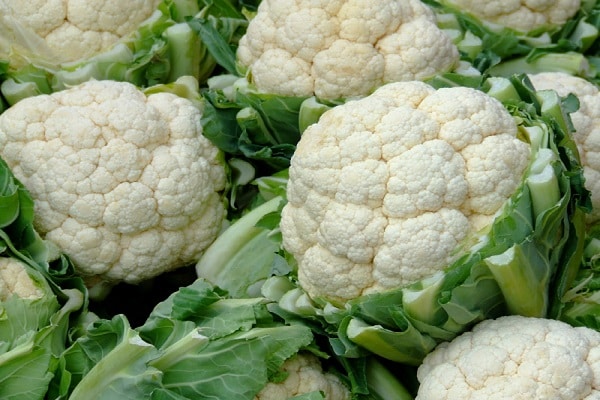
How to properly plant seeds for seedlings
Planting seeds for seedlings of early cabbage varieties is carried out in the last days of February. The timing of planting a plant with an average ripening period begins after 15 days, and after another 2 weeks, seeds of later varieties can be sown.
Before sowing cauliflower, the seeds are treated with warm water for 15 minutes, then washed with cold water and poured with liquid with dissolved nutrients. After 12 hours, the seeds are washed and placed in the vegetable compartment of the refrigerator for 24 hours.

After preparing the seed in this way, sowing is carried out in separate pots so as not to subject the plant to further picking. The lower part of the peas is filled with drainage, and then soil with a neutral reaction is poured. It is prepared from low-lying peat (4 parts), humus (1 part) and sawdust (1.5 parts). The seeds are placed to a depth of 1.5 cm, after which the soil is slightly compacted.
Cauliflower for seedlings in containers, until the emergence of shoots, is taken out into a room, the temperature of which is from +18 to +20 degrees.After the first shoots appear, the containers are transferred to the cold part of the house, but at the same time providing access to light. If the seedlings are placed in rooms with a higher temperature, then there is a possibility that the cauliflower will subsequently fail to form inflorescences.
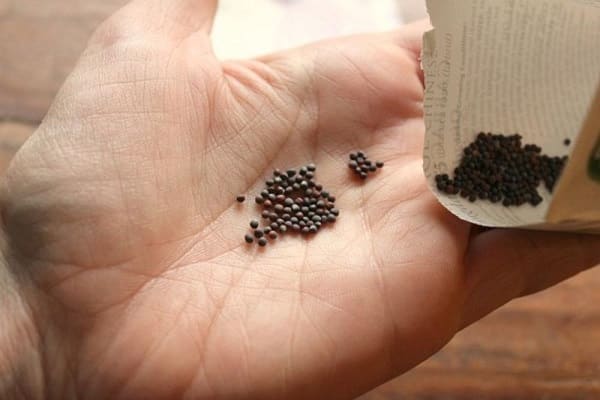
Seedling care consists in the regularity and moderation of watering, loosening the top layer of the soil and carrying out processing in order to disinfect the soil with a weak solution of potassium permanganate. After 2-3 leaves appear in the plants, a solution of boric acid (2 g per 1 l of liquid) is sprayed onto the containers, and after 1 - 2 weeks the seedlings are treated with ammonium molybdate dissolved in water (5 g of the drug per 10 l of water).
The picking of seedlings is not desirable. Since the delicate root system suffers. If large containers are used when sowing seeds, then the seeds should be placed away from each other so that the grown seedlings do not interfere with the development of neighboring plants and the roots are not injured during planting in open ground.
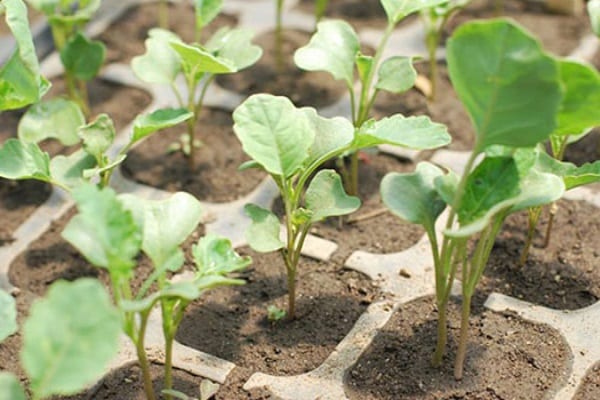
If nevertheless it is necessary to carry out a pick, then it should be carried out 2 weeks after planting the seeds. When transplanting into separate pots, the root must be slightly shortened. Picked seedlings are left for several days in a room with a temperature of +21 degrees, and then lowered to +17 degrees during the day, and +9 degrees at night.
How to plant seedlings in open ground
Planting cauliflower outdoors should be done 50-55 days after sowing in containers. Usually, it starts from late April to mid-May for early varieties, and the timing for mid-season and late varieties falls on the end of May, and planting ends in June.
A week before planting the cauliflower in open ground, it is fertilized with a prepared solution (for 1 liter of water, 3 g of superphosphate and potassium chloride). In addition, such feeding helps the seedlings withstand temperature fluctuations. To harden the plants, they are taught to lower temperatures.
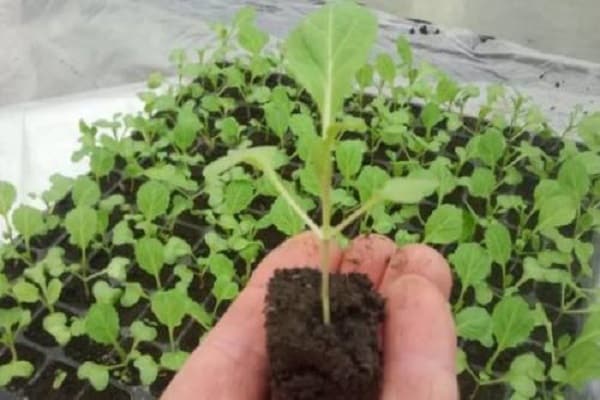
Required soil composition
It is recommended to plant cauliflower seedlings in the ground in warm weather. Abundant sun rays are undesirable on this day. The pH of the soil should be almost neutral, and be 6.7-7.4.
It is advisable to plant it in the beds where garlic, potatoes, carrots or legumes were planted before. It is not advised to plant it after tomatoes, radishes or radishes. Also, do not plant cauliflower if beets were grown in the beds before. Re-planting this vegetable can only be done after 4 years.
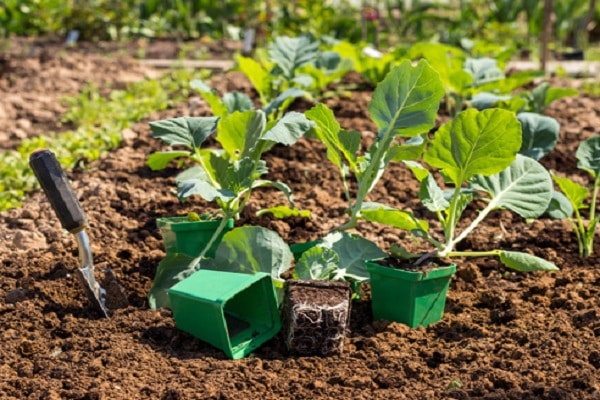
Pre-planting soil preparation consists in digging it to a depth of about 30 cm. At the same time, liming can be carried out if the soil has an increased acidic index. When planting cabbage in spring, a handful of compost and wood ash are poured into the holes. Also at this moment 1 tsp is introduced. urea and 2 tbsp. l. superphosphate.
At what distance to plant
The distance between the holes in the row is about 35 cm, and the row spacing should not be more than 50 cm.The plants are buried to the first true leaves, and the soil is compacted nearby. The container in which the seedlings are planted is thoroughly watered.
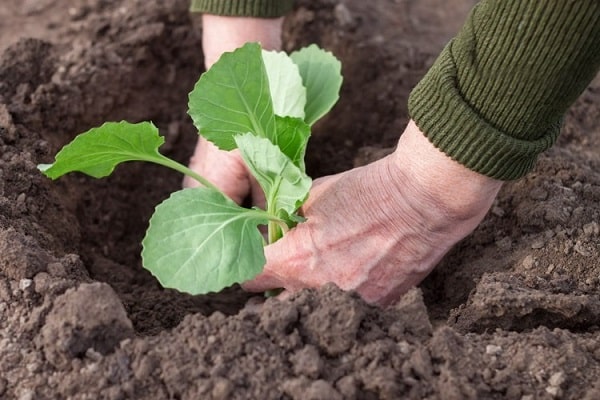
When planting early varieties, it is better to cover the planted seedlings for several days with plastic or other cloth until they take root. This will protect the young plant from cold weather and from the invasion of certain types of pests.
Planting cauliflower with seeds directly on open beds is possible only in the southern regions. At the same time, the seeds are sown starting from the second half of April, as they germinate already at temperatures from +2 to +5 degrees. This method should not be used in colder conditions.

Planting cabbage care
In the middle lane, when planting cauliflower, special care is required. The harvest depends on this.During the growth of the vegetable, loosening of the soil, watering, hilling, feeding and measures to combat insect pests and diseases are carried out.
The main condition is to carry out these processes carefully following the recommendations.
Loosening of row spacings is carried out to a depth of 8 cm. This process is carried out on the second day after watering, until the soil is completely dry.

Irrigation mode
Cabbage needs regular and abundant watering. This is done 1 time in 7 days, but for the first time after planting, the seedlings are watered after 2 - 3 days. Water during irrigation is consumed in the amount of 6-8 liters per 1 sq. m. for newly transplanted plants, and in the future this amount should increase.
The amount of water applied must be adjusted according to weather conditions. If rainwater seeps to the depth of the root system of the plant, then watering can be omitted.
To preserve moisture and protect the cabbage from damage, cover its head with lower leaves, breaking 2-3 pieces. up.
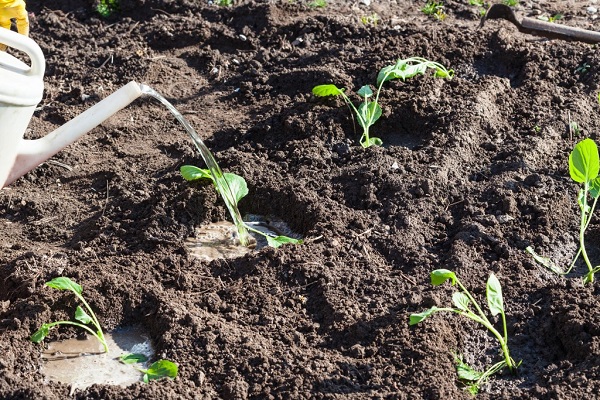
Feeding
In total, cabbage is fed 3-4 times per season. The first feeding is done no later than three weeks. Optimal for the first time is considered the introduction of chicken manure dissolved in water (0.5 liters per 10 liters of water). Under each plant, about 0.5 l is applied. such a solution.
The second fertilization is carried out after a 10-day interval. The same mullein solution is used, with the addition of 1 tbsp. l. Kristalina. This time, 1 liter is added for each plant. solution.
For the third time, feeding is carried out using only mineral fertilizers. For 1 bucket of water, 2 tbsp is added. l. Nitrofoski. For 1 sq. m. beds are made in 6-8 liters.
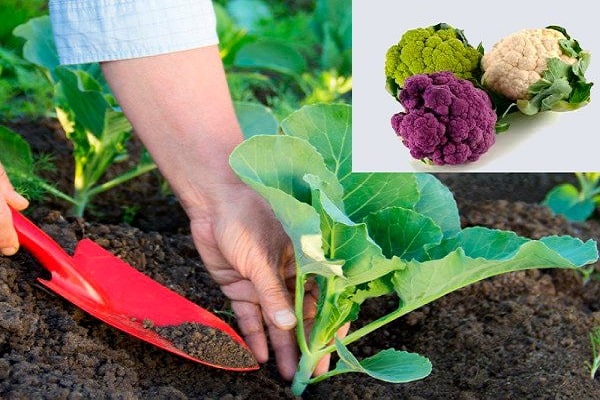
How to deal with disease and pest problems
Cabbage is very often sick and is affected by pests. You have to use all sorts of methods to enclose the planted plants. It is possible to resist the invasion of pests, allowing the plants to grow, without the use of pesticides.
Good protection against slugs and dangerous insects - dusting with ash from beds with planted plants left over from burning wood or crushed dried tobacco leaves.
A good effect is given by spraying cabbage with a strong infusion of husks from onions, burdock leaves or tomato stems. Protection against disease can only consist in the use of basic rules for growing cabbage... Even this method will help protect the plant from certain types of diseases.
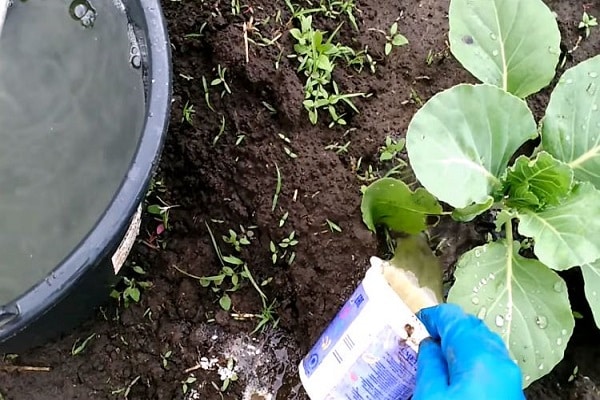
Typical diseases of cabbage
It is possible that cauliflower in the open field can be affected by some fungal, viral or bacterial diseases, and it can also suffer from pests. The most common diseases affecting cabbage are:
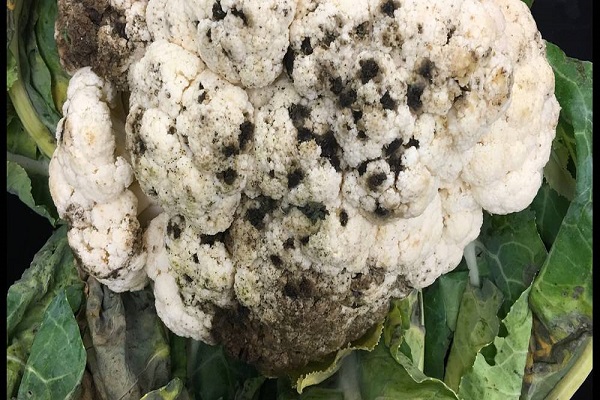
- Alternaria is a disease caused by a fungus. It appears as dark spots and circles on cabbage leaves. The most rapid spread of this disease occurs when the air humidity is high and its temperature is from +33 to +35 degrees. To get rid of this disease, pre-sowing disinfection of seeds is carried out with one of the means: Bordeaux liquid, copper sulfate, colloidal sulfur.
- Kida - characterized by the formation of small swellings and growths on the cabbage roots, which lead to the formation of rot on the roots. As a result of this process, the plant cannot get enough nutrients and dries up. This disease spreads quickly on acidic soils with strong moisture. It is possible to prevent the disease by the constant introduction of wood ash into the soil. It is also not recommended to plant cabbage for 5-7 years in areas where this plant disease was established. A little slaked lime is added to the well to the planted seedlings, and the soil is periodically watered with a solution of dolomite flour (1 tbsp per 10 liters of water).
- Ring spot is a type of fungal disease in cabbage. At the onset of the disease, many small black dots form on the stem and leaves of plants. Subsequently, the dots increase and can reach a size of 2.5 cm in diameter. Concentric circles are visible around the spots. Gradually, the sheets acquire a yellow tint, and the edges become uneven. Wet weather with low air temperature contributes to the onset and rapid development of the disease. To combat annular spotting, fungicide treatment is used, and after harvesting, plant remains are carefully removed.
- Wet rot appears when the water balance is disturbed. Dark spots form on cabbage heads and stems. The next stage of this disease is characterized by decay of the affected areas. The accelerated development of the disease occurs in wet weather conditions. It can also begin due to mechanical damage to the plant. So that the disease does not spread further, they are dug up, and in the spring they are treated with a 0.4% suspension of colloidal sulfur.
In addition to the above diseases, cauliflower can be affected by such types of diseases: vascular bacteriosis, fusarium, black leg, pereporosis, mosaic.
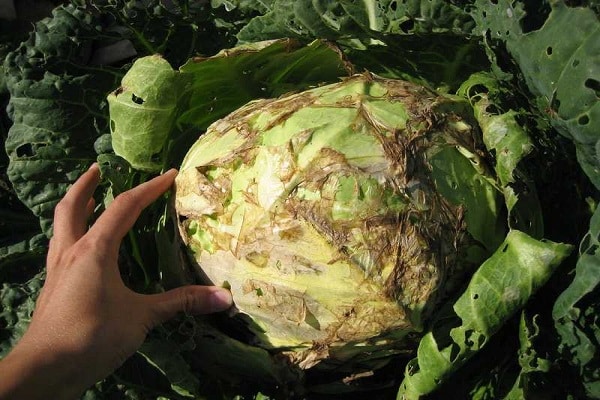
The plant can be affected by such pests: cruciferous flea, cabbage fly, aphids, moths. In order to prevent the invasion of insects, cabbage is treated with fungicides or folk remedies are used.
Harvest
The timing of harvesting is determined by the parameters of the weight and size of the vegetable. Usually, they start picking cabbage in July. The average weight of the heads can be from 0.6 to 1.2 kg. The time to reach the required technical ripeness suitable for harvesting in early varieties is 60-100 days, in plants with an average ripening period - from 100 to 135 days, and later varieties will take about 4.5 months.
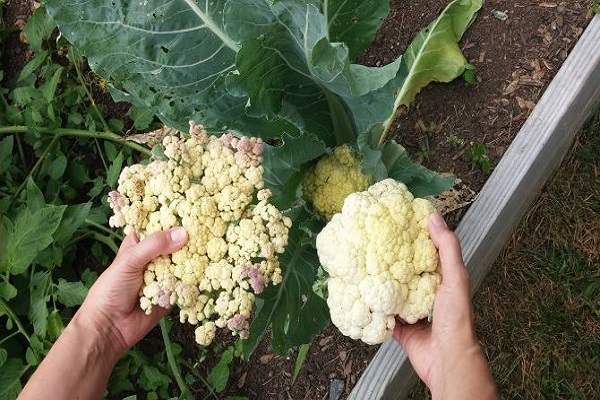
The cabbage is cut with careful movements, and a couple of leaves are left near the head. Vegetables collected from the beds are immediately removed to the shade. The shelf life of the crop reaches 2 months. Storage takes place in the cellar. Cabbage heads are placed in plastic boxes and covered with plastic wrap.
In apartment conditions, cabbage is frozen in the freezer, after washing and drying individual inflorescences. Cabbage can also be stored hanging. In this case, digging is performed along with the root.

Sometimes the last harvest of late varieties of cauliflower does not have time to acquire technical maturity, so it ripens in a cellar. It is dug up together with the root and planted in the cellar in a box with garden soil.
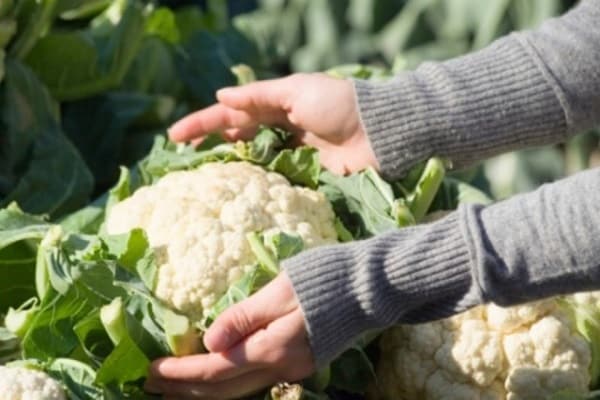
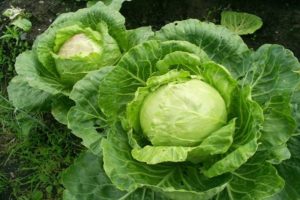
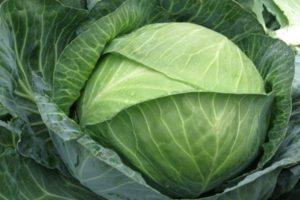

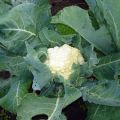
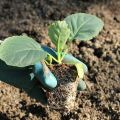


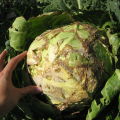
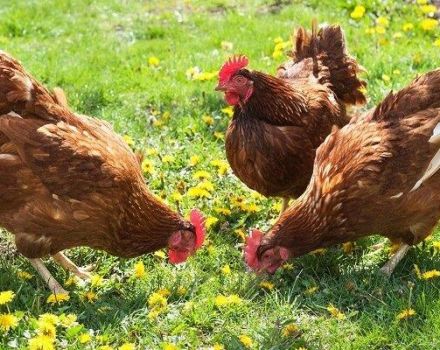
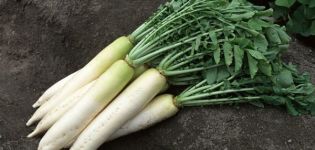
For the last two years I have been planting cabbage in early March, I think this time is just great. To strengthen the seedlings I use only the “BioGrow", It costs a little.